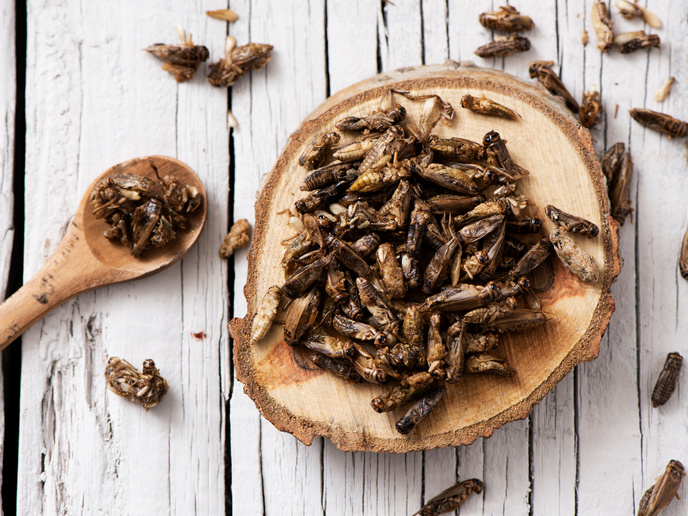Antibiotic resistance in marine bacteria
Current understanding of the effect of antibiotics and how AR develops and spreads in natural systems is limited. But this knowledge is necessary for identifying the sources and mechanisms involved the development of AR around the world and the resulting threat to human health and natural systems. The 'Occurrence, distribution and cost of antibiotic resistance in marine sediment bacteria' (MARIBACT) project investigated the occurrence and distribution of AR in marine sediment bacteria (MSB) in relation to environmental antibiotic exposure. It also examined the effect of antibiotics on MSB community structure and assessed the potential transfer of AR bacteria along marine food chains. Marine sediment samples and bacterial gut flora from mussels and stationary fish were collected from the coastal waters off the town of Sisimiut in Greenland. Sisimuit is the second largest town in Greenland with a population of 5 000 and a regional hospital that has been in operation since the 1950s. The community was selected as it is situated along a vast unpopulated pristine coastline. At the same time it produces municipal and hospital waste that is discharged untreated into the bay, therefore pristine and polluted areas can be found in close proximity. Sampling revealed that AR was more prevalent in sediment bacteria communities that were closer to the sewage outlet than the pristine site. Resistance towards natural antibiotics (such as penicillin) and semi-synthetic beta-lactams was found at all sites. However, resistance towards the synthetic fluoroquinolone Ciprofloxacin was only found to occur at contaminated sites. These results suggest that AR towards synthetic fluoroquinolones is due to human and hospital waste, unlike beta-lactam resistance, which is part of the natural background of AR. Results also indicate AR patterns recur along the food chain of each site and that these patterns differ among sites according to levels of sewage exposure.







